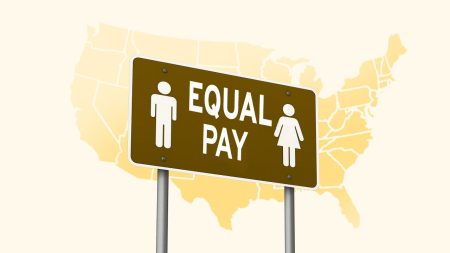Illustration by Hunter Newton/Bankrate
Key takeaways
- The right of rescission allows homeowners to back out of certain refinance, home equity loan and HELOC contracts without losing money.
- You can exercise the right of rescission for three business days after signing an eligible contract.
- The right of rescission doesn’t apply to purchase loans.
If you’re having second thoughts about a mortgage refinance or a home equity loan, you might be able to get out of the deal thanks to the right of rescission. However, the rescission mortgage benefit is available only in limited circumstances — and for a limited time.
What is the right of rescission?
The right of rescission allows borrowers to cancel certain home financing agreements without any financial penalties.
You have three days after signing an agreement to take advantage of your right of rescission — but it applies only to mortgage refinances, home equity loans and home equity lines of credit (HELOCs), not purchase loans.
You’re not required to give a reason for exercising your right to cancel, but you may decide to do so because you want to shop around a little more, you’ve found a better deal, or if you believe you’ve made a mistake.
Another valid reason, according to Shashank Shekhar, founder and CEO of InstaMortgage in San Jose, California, is if you notice fine print you weren’t aware of at the time of closing or that was altered without your knowledge.
The Truth in Lending Act (TILA) gives you the right to rescission in mortgage lending. TILA was first enacted in 1968 to protect borrowers from predatory lending practices.
How to give notice of rescission
If you’re interested in exercising the right of rescission, follow these steps:
- Sign and submit the notice of rescission: The easiest way to cancel your mortgage agreement is to use the notice of rescission that you received from your lender about your right to rescind. “Any titleholder can sign it and send it either to their lender or the closing agent to rescind the loan closing,” says Shekhar. You could also write a letter. In either case, you must deliver or mail it by midnight on the third business day after the transaction.
- Wait 20 days for the lender to act: Once you’ve provided a notice of rescission, the agreement becomes void, and you’re no longer bound by any of its terms. The lender has 20 days after receiving notice of your decision to refund any money you paid and give up its claims to the property.
- Return any funds received: If you received any money as part of the transaction, you must return it to the lender once the lender has canceled the deal.
Keep in mind that once you rescind the loan contract, there’s no going back. “If the borrowers aren’t sure about something, they should first seek clarification from their lender,” says Shekhar. “It would be a shame to cancel a transaction altogether for [a] confusion that could have been easily clarified.”
When can the right of rescission be exercised?
The right of rescission applies only to HELOCs, home equity loans and refinances. In addition, to qualify, a transaction must involve:
- A primary residence
- A new lender. If you’re using your original lender, you must take out a loan amount larger than your unpaid principal.
The right of rescission doesn’t apply to purchase mortgages. You also won’t be eligible if:
- The contract stipulates that a state agency is the lender.
- You’re renewing optional insurance premiums.
- The loan is secured by a vacation, rental or investment property.
When does the right of rescission start?
The clock starts on your right of rescission as soon as all three of the following events occur:
- You sign the mortgage contract (the “mortgage note”).
- You receive the TILA disclosure, or the closing disclosure document.
- You receive two copies of a notice of rescission, telling you about your right to rescind the contract.
Once all of this happens, you’ll have until midnight on the third business day after the transaction to cancel your agreement. Business days include Saturdays, but not Sundays or legal public holidays. For example, if you completed the closing on the Friday before Memorial Day weekend, you’d have until midnight on the following Wednesday to exercise your right of rescission.
What happens if you don’t receive the TILA disclosure or notice of right to rescind?
If you never received the TILA disclosure or notice of rescission, or if these documents were inaccurate, you could have up to three years to exercise the right of rescission.
Remember: In addition to your notice of rescission, your lender must give you a written notice — the closing disclosure — that outlines the loan’s annual percentage rate (APR), finance charge, amount financed, total payments, payment schedule and other details.
FAQ
Why we ask for feedback
Your feedback helps us improve our content and services. It takes less than a minute to
complete.
Your responses are anonymous and will only be used for improving our website.
Help us improve our content
Read the full article here












